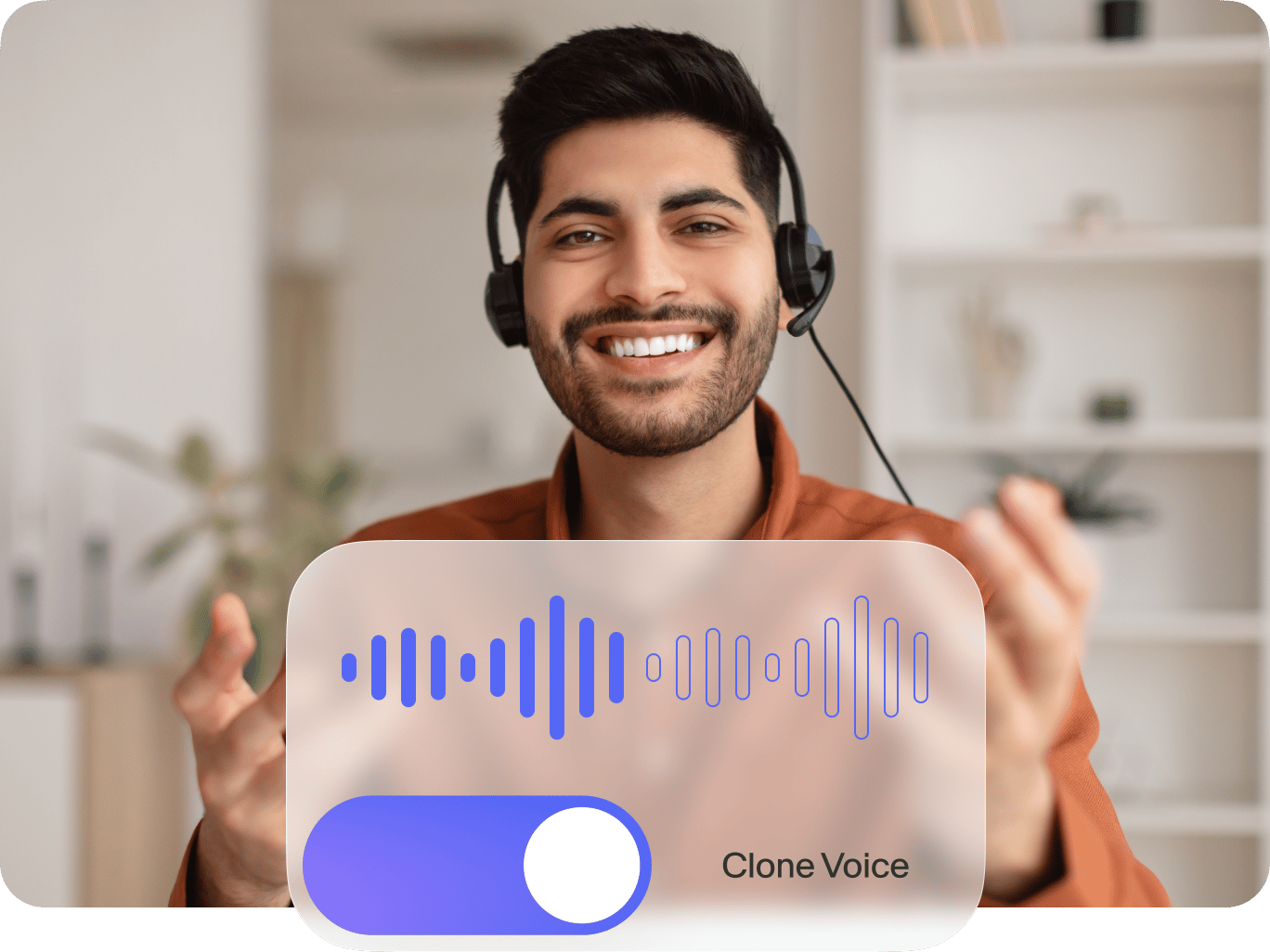Artificial Intelligence (AI) is transforming the way we interact with technology. Among the most revolutionary applications is AI voice cloning, a technique that replicates a human voice with remarkable accuracy. What was once the realm of science fiction is now a powerful tool with applications in entertainment, healthcare, accessibility, customer service, and beyond. As this technology continues to evolve, it brings with it both promising opportunities and serious ethical concerns.
This article explores what AI voice cloning is, how it works, its various uses, the challenges it presents, and its future potential.

What Is AI Voice Cloning?
AI voice cloning is the process of using machine learning to generate a synthetic voice that closely mimics a real person’s voice. Unlike traditional text-to-speech (TTS) systems that use generic robotic voices, voice cloning captures the unique tone, pitch, rhythm, and personality of a specific speaker.
Thanks to advancements in deep learning, voice cloning can now be achieved using just a few minutes of recorded speech. The result is a digital replica of a voice that can say virtually anything with impressive realism.
How AI Voice Cloning Works
Voice cloning relies on sophisticated AI models trained on human speech. The process typically involves four key stages:
1. Data Collection
The first step is gathering audio samples from the person whose voice is to be cloned. The more diverse and high-quality the samples, the more accurate the voice clone will be.
2. Preprocessing
The collected audio is cleaned to remove background noise and normalized to ensure consistency. It’s then broken down into phonetic components to help the AI model learn how the person forms words and sounds.
3. Model Training
Deep learning models such as Tacotron 2, WaveNet, or more recently, Transformer-based architectures are used to learn the voice’s unique characteristics. These models map text inputs to corresponding audio outputs in the cloned voice.
4. Speech Synthesis
Once trained, the model can generate new speech in the cloned voice. By feeding the AI a text prompt, it outputs spoken audio that mimics the speaker with incredible precision.
Applications of AI Voice Cloning
Voice cloning is being used in numerous sectors, offering both practical and creative solutions:
1. Entertainment and Media
Filmmakers, game developers, and advertisers use voice cloning to create or recreate characters, dub foreign language content, and maintain voice continuity. For example, a deceased actor’s voice can be digitally revived for a final role.
2. Assistive Technology
For people who have lost the ability to speak due to medical conditions like ALS or throat cancer, voice cloning provides a way to preserve and use their own voice in communication devices.
3. Customer Service
Companies are implementing voice cloning in interactive voice response (IVR) systems to create personalized and human-like customer service interactions, improving user experience.
4. Virtual Assistants
Personal assistants like Siri, Alexa, or Google Assistant could adopt familiar or celebrity voices, offering users a more engaging and personalized interaction.
5. Education and Content Creation
Educators and content creators use voice cloning to produce audiobooks, podcasts, and e-learning materials more efficiently. It reduces production costs and allows for multilingual content using the same voice.
Ethical and Security Concerns
While AI voice cloning opens up a world of possibilities, it also raises several important concerns:
1. Deepfake Risks
The technology can be misused to create deepfake audio—realistic but fake speech that could be used to impersonate individuals, spread misinformation, or commit fraud.
2. Consent and Ownership
There are significant questions around who owns a voice and whether someone can legally or ethically use another person’s voice without permission. Protecting individuals’ vocal identity is becoming increasingly important.
3. Privacy Violations
If voice samples are obtained without consent—such as from public speeches, interviews, or online videos—it can lead to unauthorized cloning, raising serious privacy issues.
4. Authentication Threats
Voice cloning poses risks to voice authentication systems used in banking or security. A cloned voice could be used to gain unauthorized access to sensitive accounts or systems.
Regulatory Landscape and Best Practices
The development of voice cloning technology demands strong regulatory frameworks. Policymakers and tech companies must work together to:
Require explicit consent before cloning a voice.
Develop detection tools to identify AI-generated speech.
Introduce watermarking techniques that label synthetic audio.
Educate users about potential risks and responsible usage.
Several companies have already introduced ethical guidelines and protective features. For example, Descript’s Overdub requires voice verification and user consent before cloning.
Leading Voice Cloning Technologies and Platforms
Some of the most popular voice cloning solutions include:
Descript (Overdub): Allows users to clone their voice and use it for podcast editing and voiceovers.
Resemble AI: Offers emotional control and real-time voice cloning.
WellSaid Labs: Known for creating ultra-realistic, human-like synthetic voices for businesses.
iSpeech and Murf.ai: Provide API-based services for developers and enterprises to integrate voice cloning into their platforms.
These tools are becoming increasingly user-friendly, enabling even non-technical users to create convincing voice replicas.
The Future of AI Voice Cloning
The future of AI voice cloning is both exciting and challenging. We can expect:
Real-time multilingual translation in your own voice.
Emotionally adaptive voices that reflect mood and tone.
Hyper-personalized experiences in marketing, healthcare, and entertainment.
Increased regulations and transparency to combat misuse.
As the line between real and synthetic blurs, public awareness and ethical practices will be key in ensuring this technology is used responsibly.
Conclusion
AI voice cloning is one of the most powerful innovations in the field of artificial intelligence. It holds the potential to revolutionize communication, accessibility, and creative expression. However, with great power comes great responsibility. As the technology continues to develop, society must ensure it is used ethically and with consent, balancing innovation with integrity.
Voice cloning may soon become as common as typing or texting—changing not just how we interact with machines, but how we preserve identity, history, and voice itself.